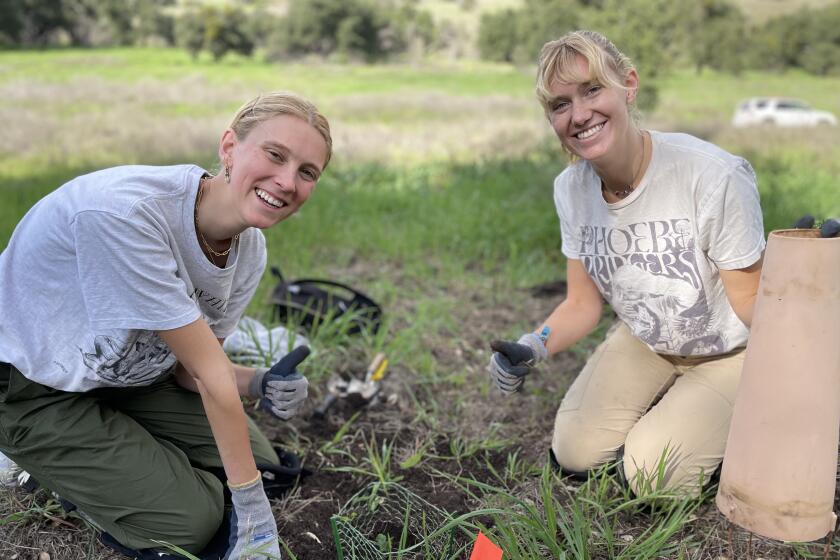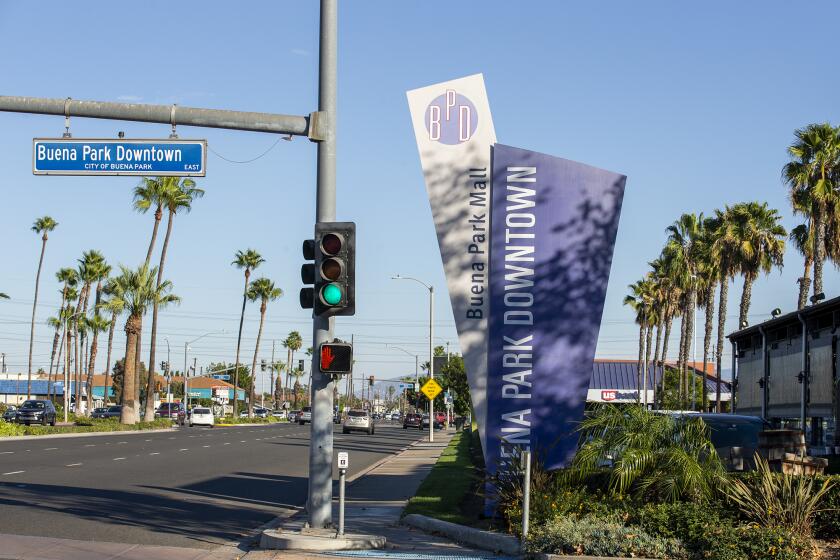Solar nonprofit provides job training to low-income populations in Orange County
Convicted of carjacking at 15, Kenneth Wells had served his time. But when he stepped out of jail after six years, life’s possibilities seemed minuscule.
Wells’ redemption began when he found GRID Alternatives, a socially- and environmentally-minded solar nonprofit that provides job training to low-income populations in Orange County, among other areas in the region.
Wells, 30, of Lake Forest received training in the basics of solar installation and eventually landed a job at a large solar company. Two years ago, he founded his own business, O&M Solar Services, which serves Southern California.
“GRID opened so many doors for me,” Wells said. “Opening my own company was something I could never have imagined doing. GRID has been instrumental in supporting my vision and giving me the tools I need.”
Wells is just one of many who have benefited from GRID’s programs.
Since opening in 2007, the nonprofit not only provides job training, but also identifies areas that are economically and environmentally disadvantaged, using data from the California Environmental Protection Agency that analyzes air quality, and provides free solar installations.
Last year, more than 200 families at a low-income housing complex in Santa Ana received free solar, as well as parts of Fullerton, Westminster, Garden Grove and Huntington Beach. The households typically save about 90% on their electrical bills in the long run, according to Danny Hom, communications coordinator for GRID Alternatives.
Hom said the solar industry is ideal for training low-income individuals as it’s a rising industry in the county, offering more than 10,000 jobs. Large companies like Sunrun and Sullivan Solar Power have offices in Irvine.
Learning the ins and outs of solar installation also doesn’t take long, which is desirable for low-income individuals who need work immediately.
“You can learn the basics in five weeks,” Wells said. “ Usually it takes years to learn the basics of other industries.”
GRID trains about 125 dedicated people a year, he said, and it places about 80 to 100 trainees a year in companies like Tesla and Solar City.
In a typical three to four month period, trainees will learn a mix of on-the-roof installation and electrical theory. There are also classes in computer skills geared towards design and sales workshops.
“Our big picture mission is building a solar industry that reflects the community,” Hom said. “We want an industry that is racially-diverse, with more women in construction jobs. We also want to make sure populations like veterans, who suffer from high rates of unemployment, are getting programmed into these job training opportunities.”
GRID started a solar training program for formerly homeless veterans who live at Potter’s Lane in Midway City. The trainees recently helped install a solar carport in the parking lot of the homeless housing structure.
“I don’t know what I would have been doing if not for getting into this industry with GRID’s help,” Wells said. “Here was a young man at 21, what could you expect from him coming out of the prison system? Second chances are necessary.”
All the latest on Orange County from Orange County.
Get our free TimesOC newsletter.
You may occasionally receive promotional content from the Daily Pilot.




